The Swiss arts outlook 2024: politics reclaims the centre stage

Political issues and the war in Gaza have dramatically affected the arts in 2023, and this trend will continue. We list some of the most burning issues for the arts as well as a pick of unmissable shows in Switzerland in the next year.
It’s impossible to gauge what to expect for the new year without considering the dramatic developments in the arts in 2023.
One year ago, the war in Ukraine still grabbed the headlines but its effects on the international art scene remained fairly limited. In the West, a consensus formed among artists, curators and institutions to embrace the Ukrainian cause, echoing the general reaction of the population and governments at large. In the rest of the world, however, solidarity with Ukraine was more nuanced.
This dissonance between countries in the “North” from those in the “South” in their perception of global affairs was the main fault line in the cultural debates in 2023. The October 7 Hamas attacks and the ensuing war in Gaza shook everything up.
The current war has dunked the art world into the treacherous waters of antisemitism and islamophobia – two terms that have been used, misused and abused throughout the political spectrum since.
Artists and cultural workers are subjected to tougher vetting processes; accusations and counteraccusations, muddling the meaning of antisemitism and islamophobia, have flooded the news and social media. A signature on a petition can compromise the careers of university heads, professors, museum directors, curators and artists. This has also happened in Switzerland.
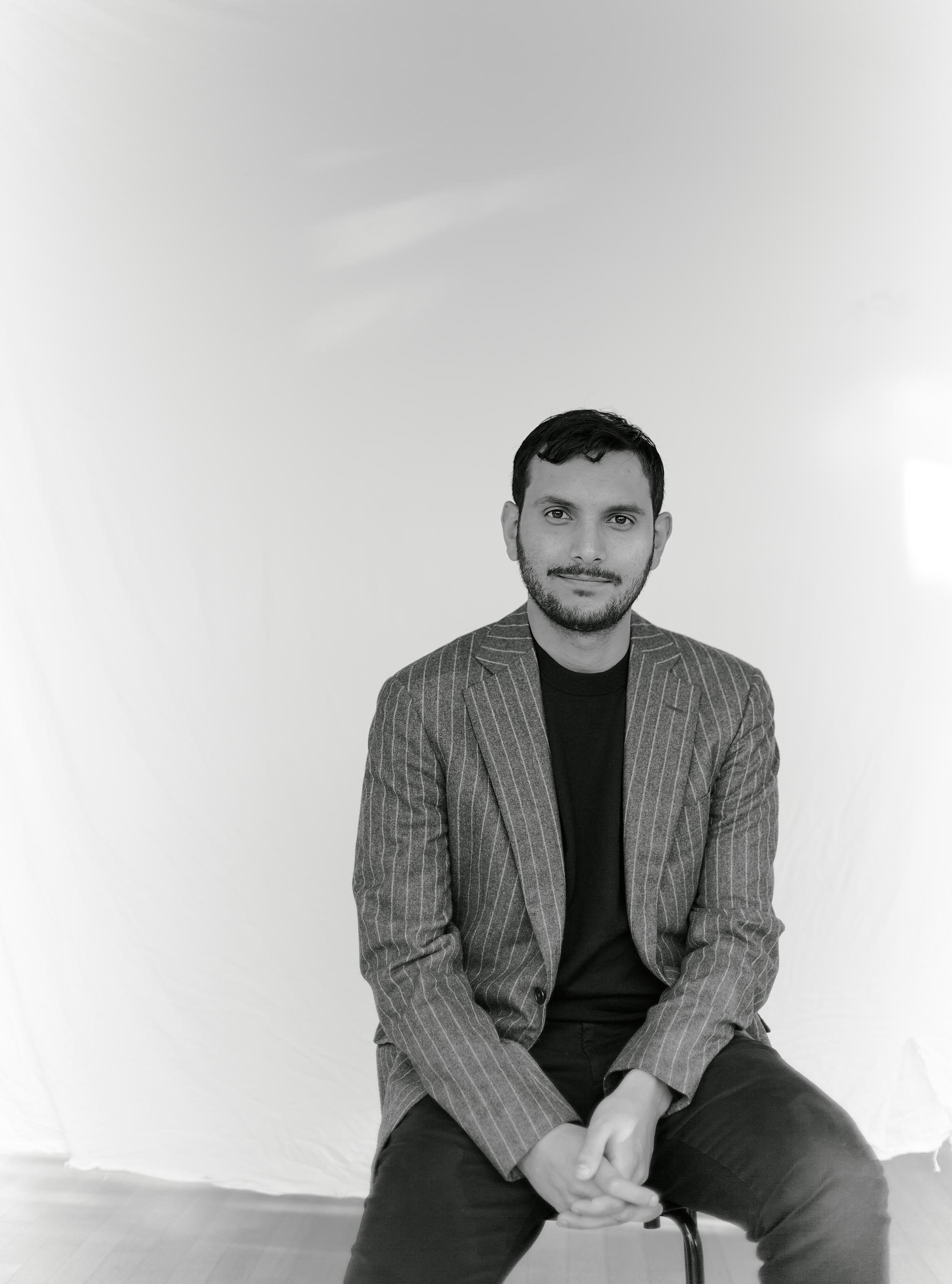
More
Israeli-Palestinian war spills into Swiss art world
Star status guarantees no immunity, even the world-renowned Chinese artist Ai WeiweiExternal link had shows cancelled. Liberal democracies, and in many cases, their judicial systems, are having to deal with renewed cries of censorship not only in public but also in private institutions.
If there is a worldwide trend in the arts sector right now, it is one of apprehension and fear, in varying degrees, depending on countries and regions. Even if Switzerland has so far been spared censorship or major financial constraints, these matters will loom large in the new year. And the main question is: How will the arts rise to these political challenges?
Gloom and doom of balance sheets
The arts market will be happy if it manages to break even in 2023. The specialist press has been pointing at how moderate sales in art fairs, a fairly reliable indicator, and slumps in auctions have put even the high-end art circuit on the edge. This will probably continue in 2024.
Adding to these woes comes a worrying financial trend in countries where a substantial chunk of the arts funding comes from the state: governments all round are slashing the budgets of their cultural institutions.
Compared to neighbours like Germany or France, the financial crunch may be less accentuated in Switzerland, but in a highly interconnected circuit such as the arts, these measures can provoke a depressing domino effect in the cultural economies of other countries.
Outside Switzerland’s borders, all state-related sources of funding are threatened, in particular public broadcasters, such as the BBC (UK), RAI (Italy), and ORF (Austria). These have played a major role in the media landscape of every European country for over 50 years, especially in the support of the national film industries.
In the last few years though, they have been under attack from conservative and right-wing parties and governments, private media corporations and populist politicians, in a bid to limit their journalistic and commercial scope.
In Switzerland, the Swiss Broadcasting Corporation SBC (parent company of SWI swissinfo.ch) has been forced to defend itself against a people’s initiative, filed in 2023, aimed at halving its budget.
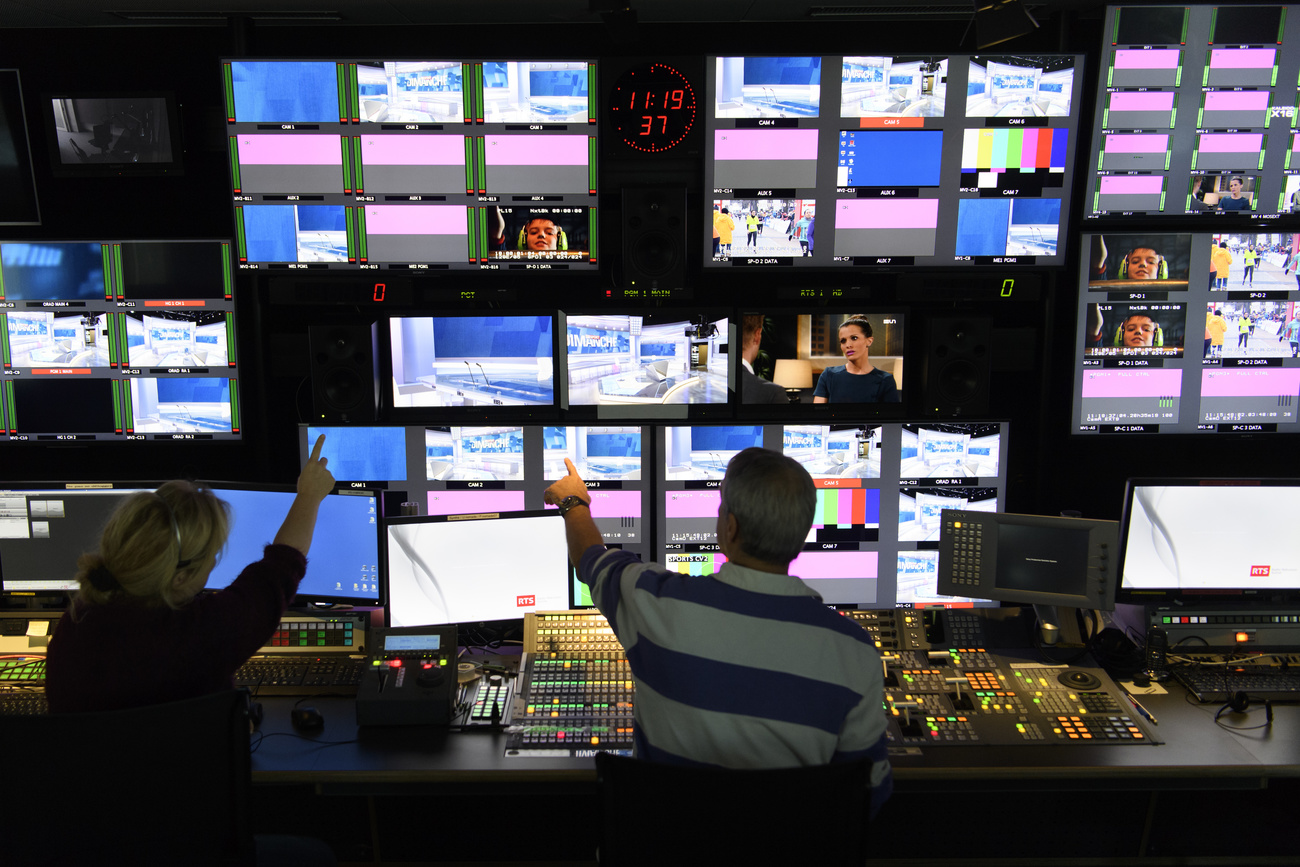
More
SBC expects major job cuts if licence fee is reduced
The restitution drama
December 3 this year marked the 25th anniversary of the Washington Principles on Nazi-confiscated Art, a milestone in the resolution of decades-long disputes that also provided a framework to deal with the issue of colonial looting.
The debate on restitution of artworks has raged since then but has now matured to reach a more pragmatic approach. Several negotiations are ongoing between museums and the countries of origin of the pieces, mainly in Africa, Asia, and Latin America.
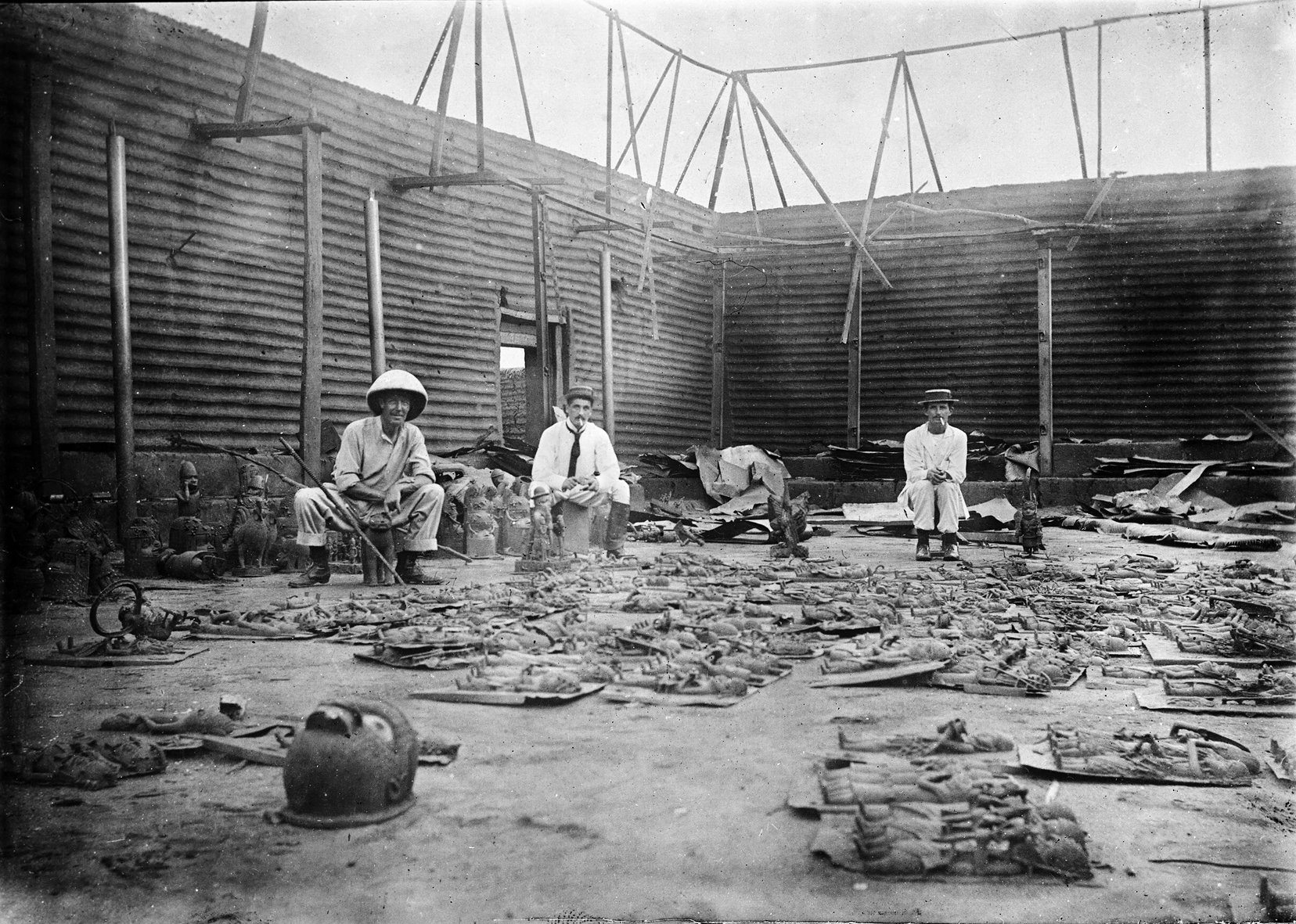
More
Looted colonial art: ‘There are no limits to restitution’
In Switzerland, a stolen fragment of an ancient Ramesses II statue was returned to Egypt in July, the last in a series of restitutions of confiscated works to Lybia, China, Peru and Mexico. These cases, though, were very straightforward restitutions, since the works in question were stolen and smuggled into Switzerland, and not part of any important, institutional collection.
However, the big Swiss drama is still the controversy around the Emil Bührle collection – a trove of over 600 blue-chip artworks amassed by the infamous German-Swiss collector intimately tied to the Nazi regime and, in his lifetime, one of the richest arms dealers in the world (and the richest man in Switzerland too) .
A new exhibition of the collection opened in November at the Zurich Museum of Fine Arts (Kunsthaus), trying to come to grips with the provenance research conducted by the institution, but severely criticised by experts. A federal commission was established, and its findings shall be published in spring.
Women’s power
The global effort of museums and curators in the last decade to reassess the importance and value of women artists historically kept at fringes of the arts canon or feted as mere charming pendants of their male partners, companions, or colleagues, will continue next year. Switzerland has already housed important retrospectives: Meret Oppenheim, Sophie Taeuber-ArpExternal link, Lee KrasnerExternal link, and Niki de St. Phalle, among others, and the new year brings several unmissable shows.
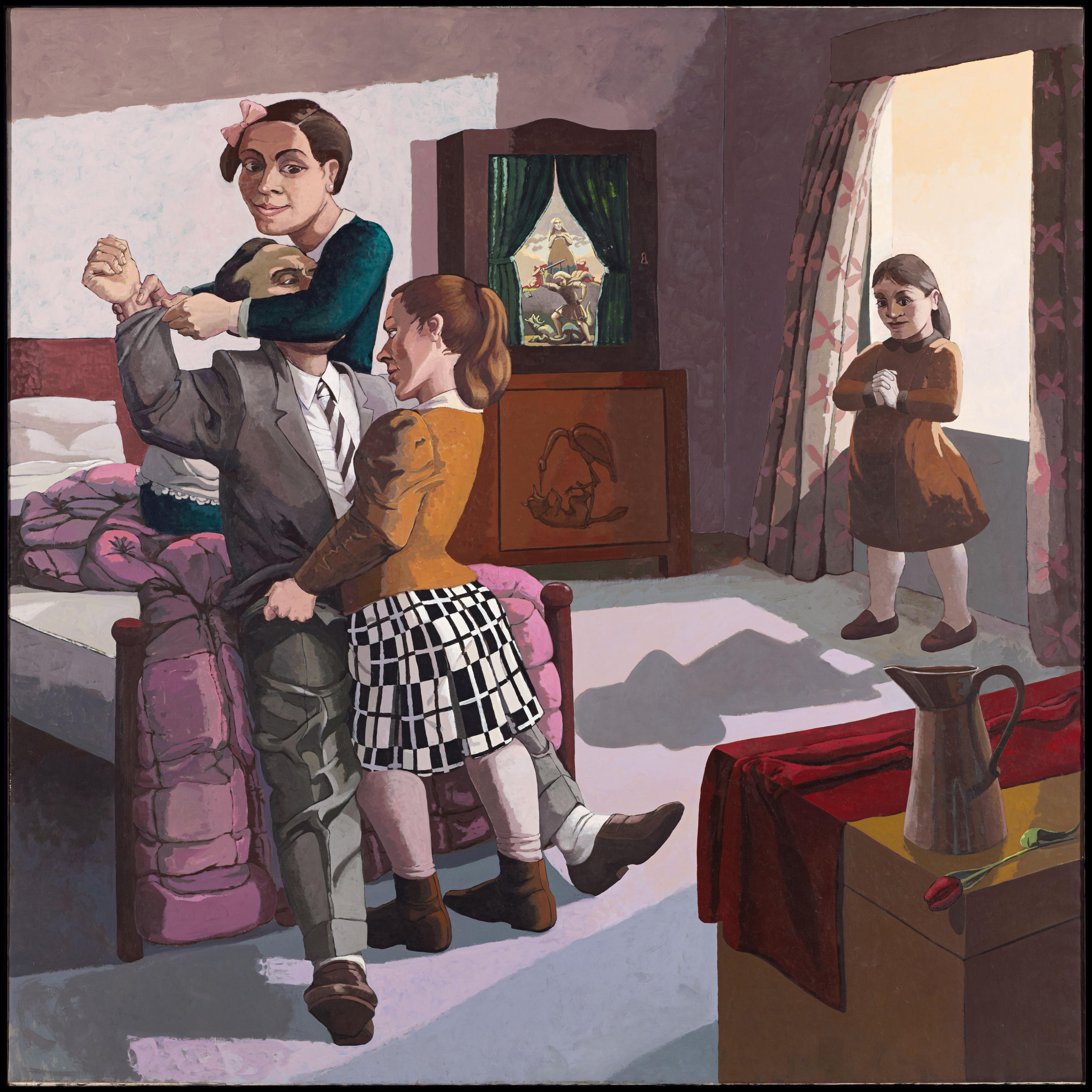
Keep an eye on the exhibitions of the Portuguese-British artist Paula Rego, Power Games External link(Kunstmuseum Basel, 28.09.2024 – 02.02.2025); the retrospective of Marina AbramovicExternal link (Kunsthaus Zurich, 25.10.2024 – 16.02.2025), and the South African Tracy Rose’s Shooting Down BabylonExternal link (Kunstmuseum Bern, 23.02.2024 – 13.08.2024).
The Basel Arts Museum is also bringing to Europe the groundbreaking exhibition When We See Us – A Century of Black Figuration in Painting. Originally conceived at the Zeitz MOCAA Museum (Cape Town) by the Swiss-Cameroonian curator Koyo Kouoh and the Zimbabwean Tandazani Dhlakama, it displays a broad panorama of Black figurative painting over the last 100 years with works of 156 artists.
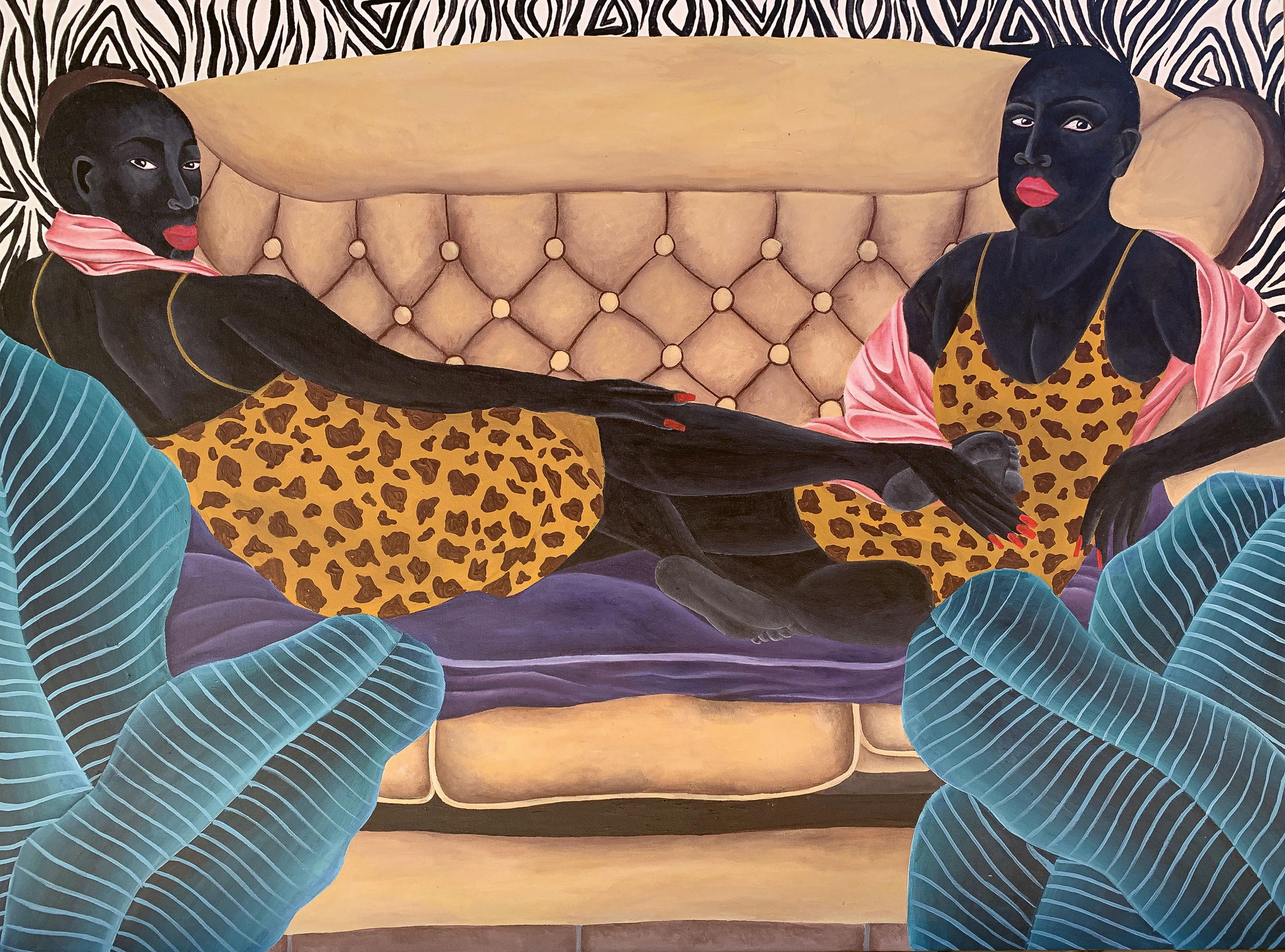
Biennale di Venezia
The 60th edition of the Biennale is the high point of the arts in 2024. Under the direction of Brazilian curator Adriano Pedrosa, the first Latin American curator from the “South” to run the event, its theme is quite timely: “Foreigners Everywhere”. The Swiss pavilion will be occupied by the Swiss-Brazilian artist Guerreiro do Divino Amor (Warrior of Divine Love). The show runs from April 20th to November 24th.

More
Guerreiro do Divino Amor, a Swiss warrior at the gates of Venice
Last but not least: le cinéma
The fruits of the post-Covid era begin to bloom: in this turn of the year, there are around 80 Swiss filmsExternal link being finished and slated for release in 2024. Documentaries make up the biggest chunk, followed by fiction, animation, and experimental films.
Many will be screened at the annual Solothurn Film Festival, in January, where the whole national film industry converges. Another wave of premieres will take place in Visions du RéelExternal link international documentary festival, in Nyon, from April 12 to 21; and then, in August, at the Locarno Film FestivalExternal link.
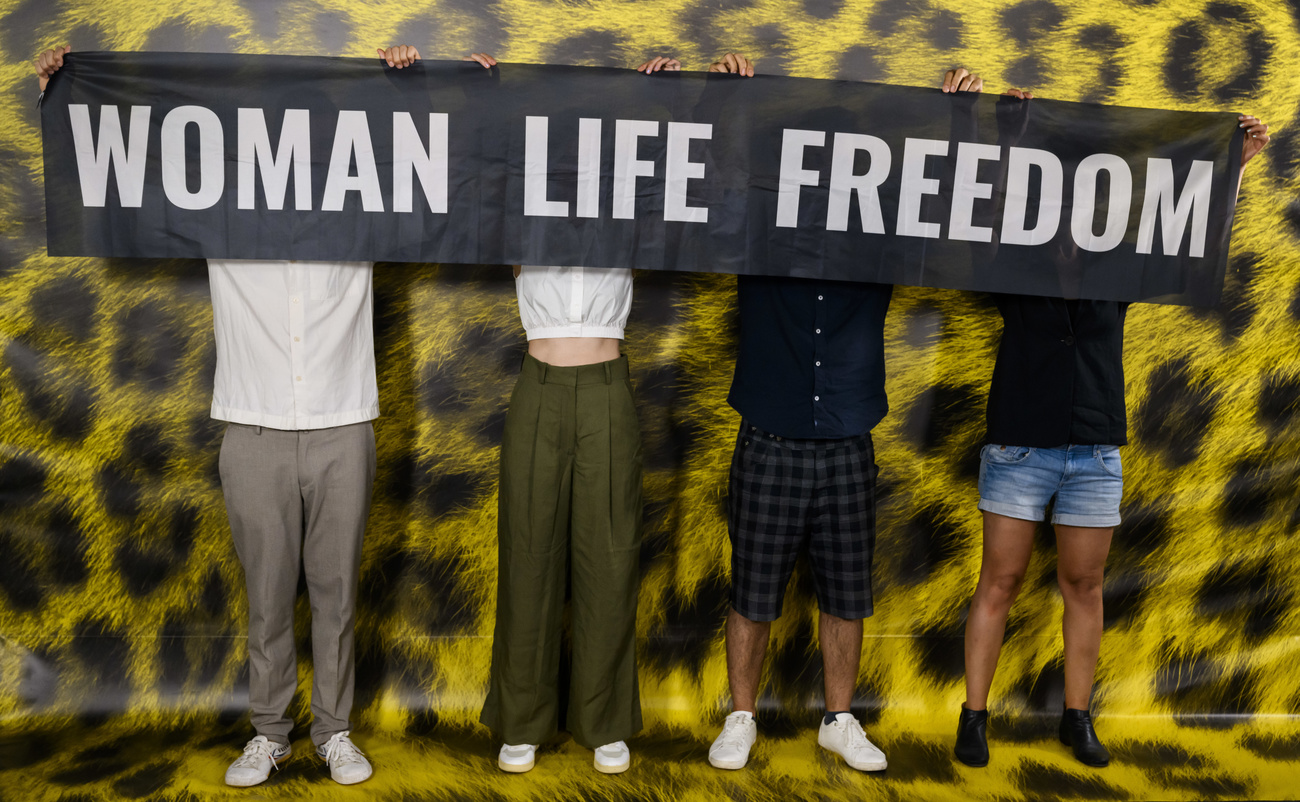
More
The 76th Locarno Film Festival was a big success but its future is a big unknown
Documentaries are the format in which Swiss production excels, and where the proverbial Swiss neutrality is kept at bay. You can expect lots of politics, even if just as allusion. But an overtly political film is highly anticipated: The Miraculous Transformation of the Working Class into Foreigners, a documentary by the Swiss-Iraqi film maker Samir that brings a new perspective to an European burning issue, is expected to be released in summer.

In compliance with the JTI standards
More: SWI swissinfo.ch certified by the Journalism Trust Initiative
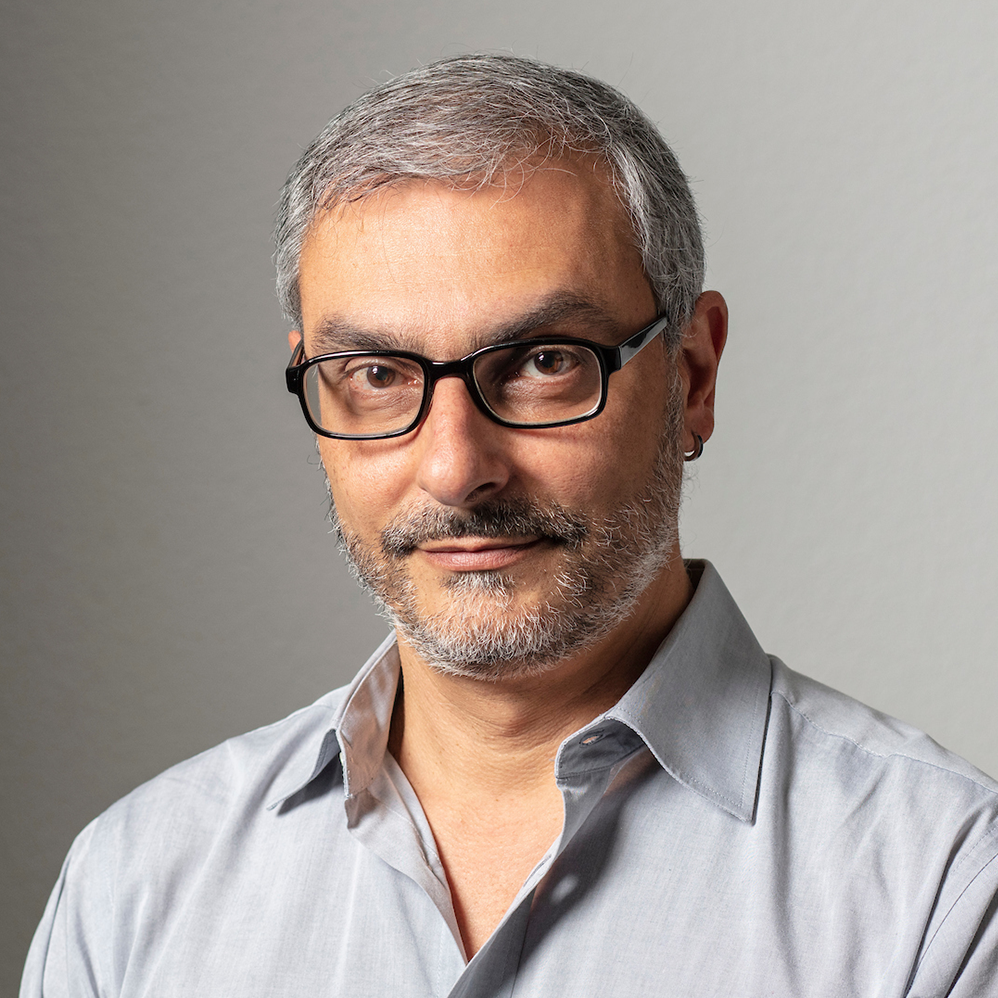








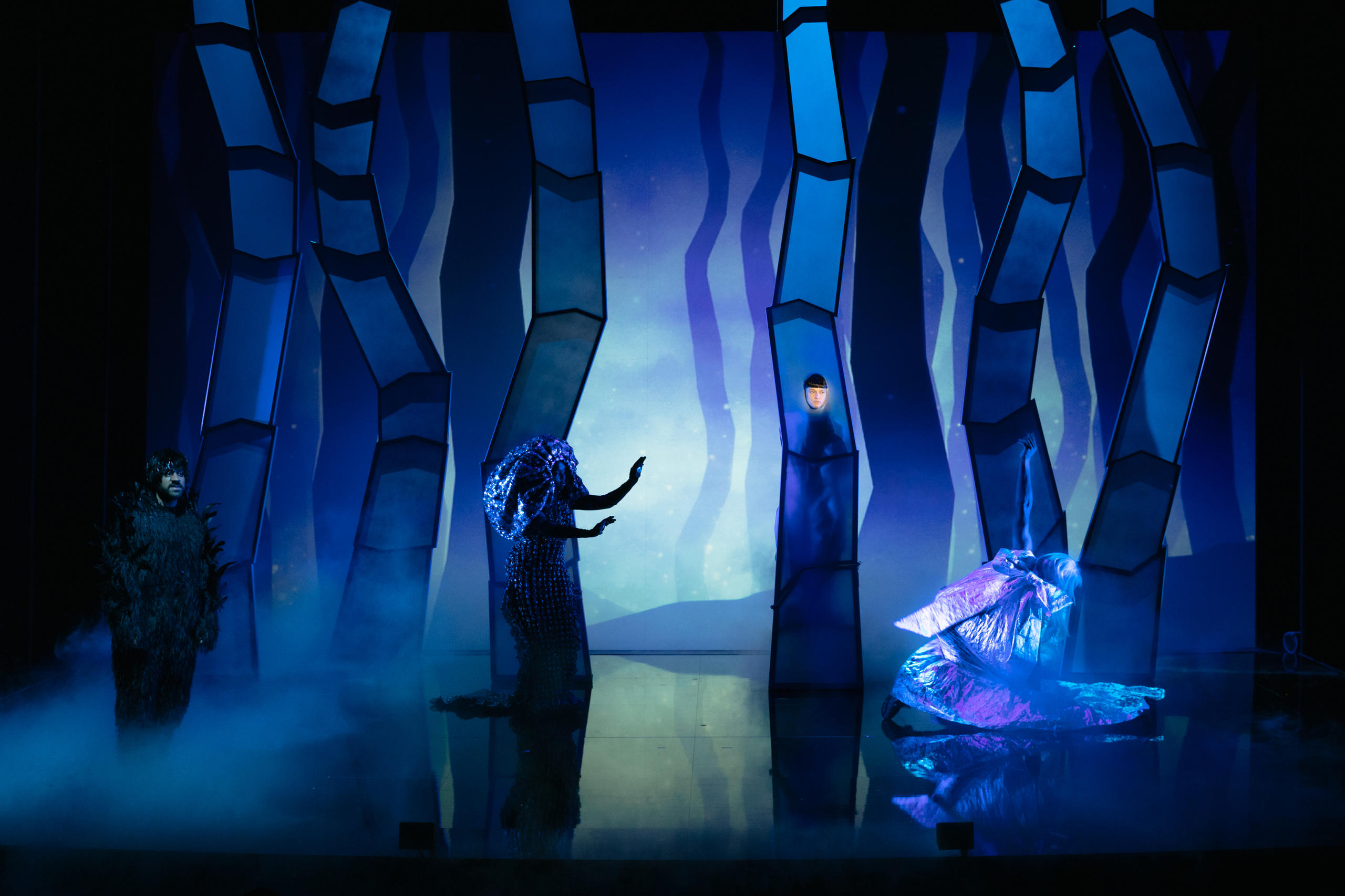

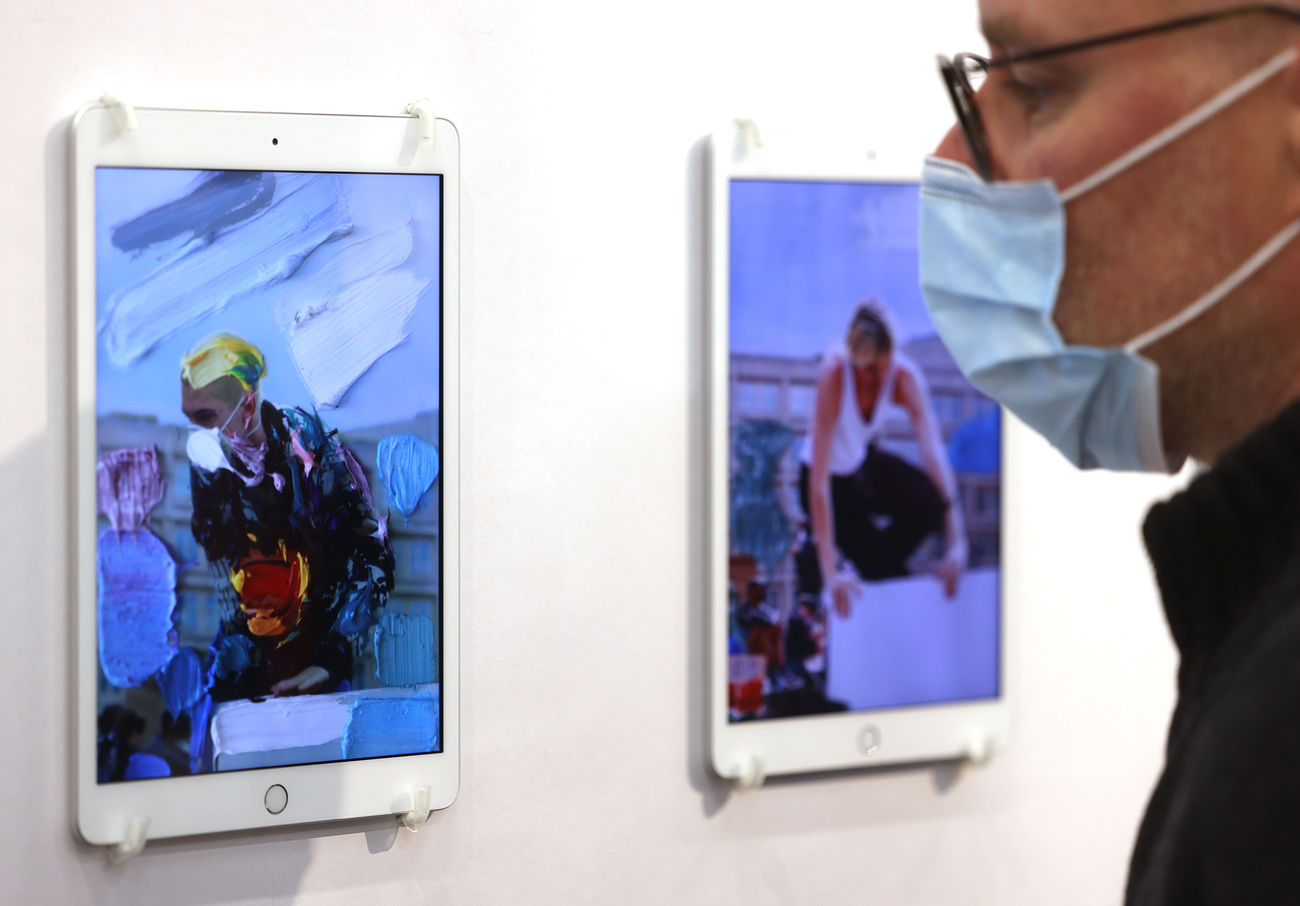
You can find an overview of ongoing debates with our journalists here . Please join us!
If you want to start a conversation about a topic raised in this article or want to report factual errors, email us at english@swissinfo.ch.